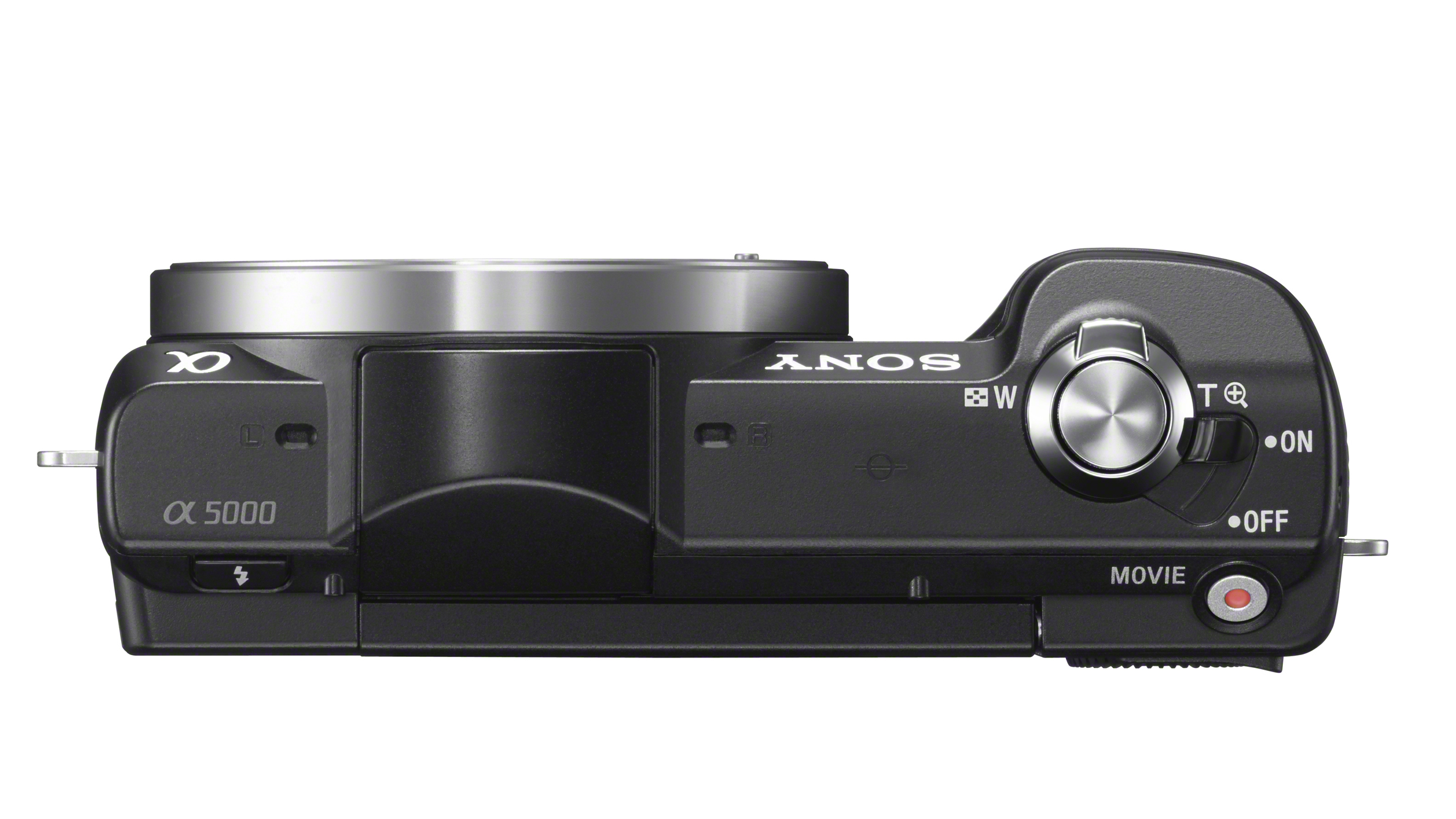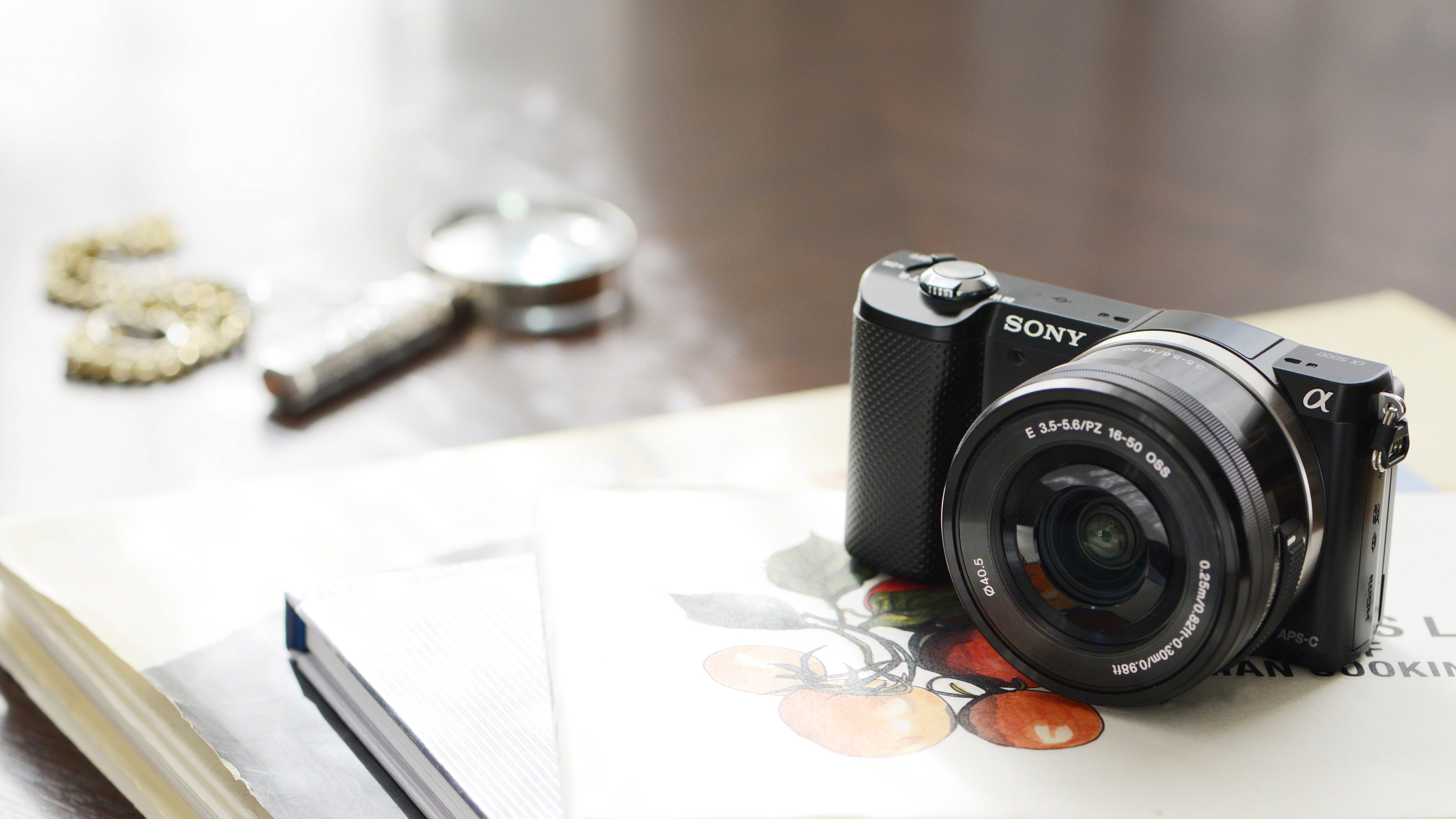Why you can trust TechRadar
All of Sony's recent cameras have impressed us a lot when it comes to image quality. Generally speaking, some of the quirks of handling are usually more than made up for by the fact that image quality is so good.
Happily, the a5000 has proven itself to be no different. Once again, images contain lots of fine detail, while colours are beautifully saturated.
We were similarly impressed by images from the NEX-3N, and saw no reason why the a5000 would be any worse. In fact, including the latest Bionx X processor, should have a positive impact on results.
Bionz X processor
One of the benefits of the Bionz X processor is a reduction in noise when shooting at higher sensitivities. At ISO 800, noise is controlled very well, while lots of detail is kept. A small degree of image smoothing can be seen at the lower end of the sensitivity scale, while this increases as you move through the ISO range.
At ISO 3200, noise is apparent when zooming in to 100% - some areas of an image start to have a painterly effect, but, when viewing images at normal printing or web sizes, such as A4 or below, images are very good and more than acceptable to use. We'd happily use up to ISO 3200 for any images that weren't going to be printed at a very large size.
The automatic white balance setting is very good, producing accurate colours even under artificial lighting in the majority of instanceswe used it. You can alter the specific setting if you find it's not quite matching up to the correct whites, but we found that this wasn't necessary most of the time.
It's great to see accuracy in this area, where previous cameras tended to err towards orange or warm tones under artificial lights. Similarly, all-purpose metering does a good job in the majority of conditions in helping to produce a well-balanced exposure.
Sign up for breaking news, reviews, opinion, top tech deals, and more.
Although the A5000 doesn't claim speeds as quick as its more advanced stablemate, the A6000, or indeed Micro Four Thirds cameras, it is still pretty quick to focus, especially in good light. Focusing speeds drop a little in lower light, sometimes hunting around for a while before locking on, but it's rare for a false focus to be presented.

The kit lens supplied with the A5000 is a 16-50mm PZ lens which we have seen before on other models including the 3N and the 5T. It's a decent all-round performer, offering a flexible focal length that will suit a good variety of subjects. Even though the maximum aperture of this lens is f/3.5 you can still get some nice shallow depth of field effects, thanks to the camera's large sensor.
Sony has some good additional lenses in its line-up, and while that number isn't quite as large as the number of proprietary Micro Four Thirds optics, there are quite a few useful additions.
During this test we also used a 50mm f/1.8 lens, which is great for shallow depth of field effects, portraits, or if you're shooting in low light, and would make a good second lens. We also used a 30mm f/3.5 macro lens, which is good for shots which require a lot of detail, such as still life.
A number of digital filters, such as Toy Camera, can be found on the A5000, which are worth experimenting with. It's a shame that you can't shoot these in raw format, so if you decide that you don't like the filter down the line, then you'll be stuck with it. If you want to be a little more flexible, then you can choose different Creative Styles. These allow you to shoot in raw format, and include settings such as Monochrome, Vivid and Portrait.

Amy has been writing about cameras, photography and associated tech since 2009. Amy was once part of the photography testing team for Future Publishing working across TechRadar, Digital Camera, PhotoPlus, N Photo and Photography Week. For her photography, she has won awards and has been exhibited. She often partakes in unusual projects - including one intense year where she used a different camera every single day. Amy is currently the Features Editor at Amateur Photographer magazine, and in her increasingly little spare time works across a number of high-profile publications including Wired, Stuff, Digital Camera World, Expert Reviews, and just a little off-tangent, PetsRadar.
